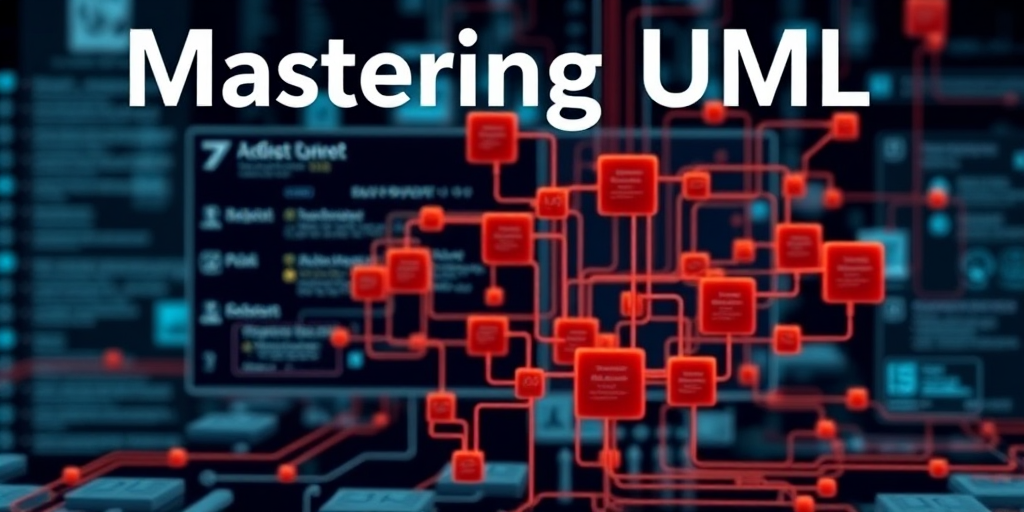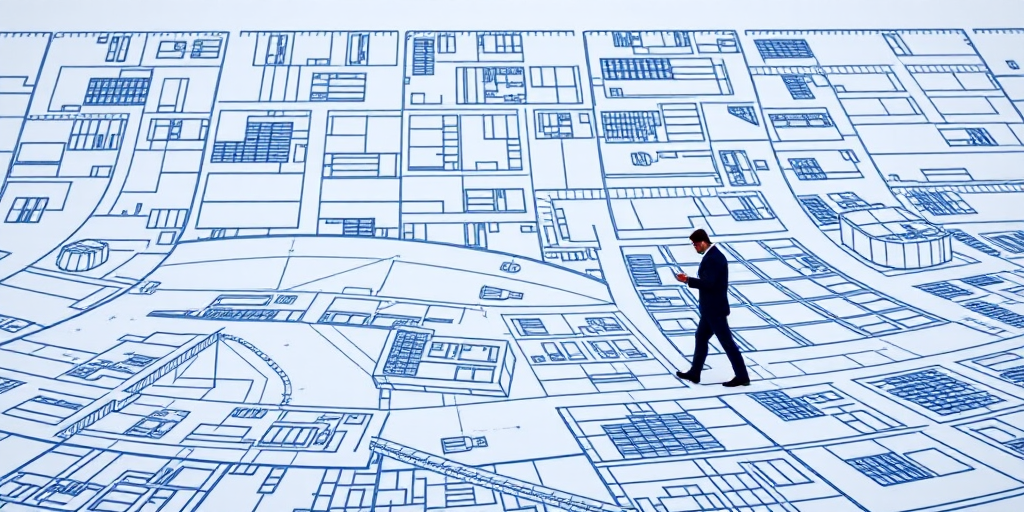
Unlocking the Power of Epic EMR: A Comprehensive Guide for Healthcare Organizations
Epic EMR is a widely used electronic medical record (EMR) system designed for healthcare organizations. It streamlines clinical workflows, enhances patient care, and facilitates efficient data management. This comprehensive software solution empowers healthcare providers to access patient information seamlessly, document encounters, order tests, and manage billing processes effectively. Epic EMR: Transforming Healthcare Organizations Epic EMR has emerged as a game-changer in the healthcare industry, revolutionizing the way medical facilities operate and deliver patient care. Its robust features and user-friendly interface have made it a preferred choice for hospitals, clinics, and healthcare systems worldwide. ...








